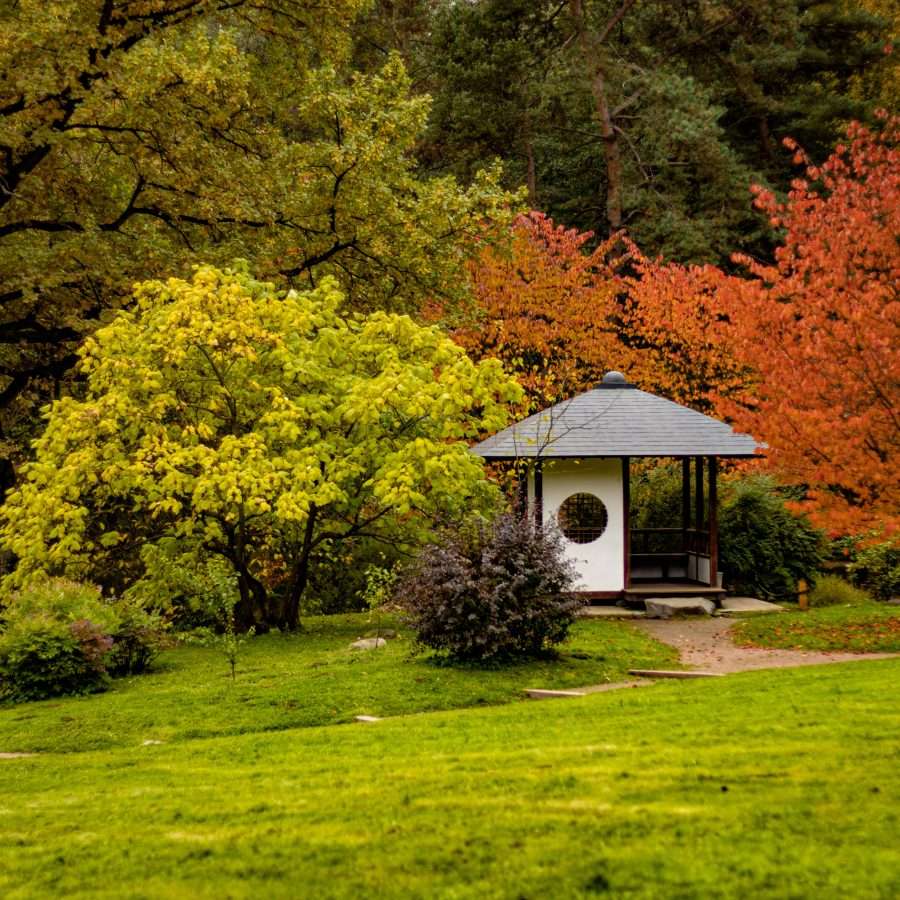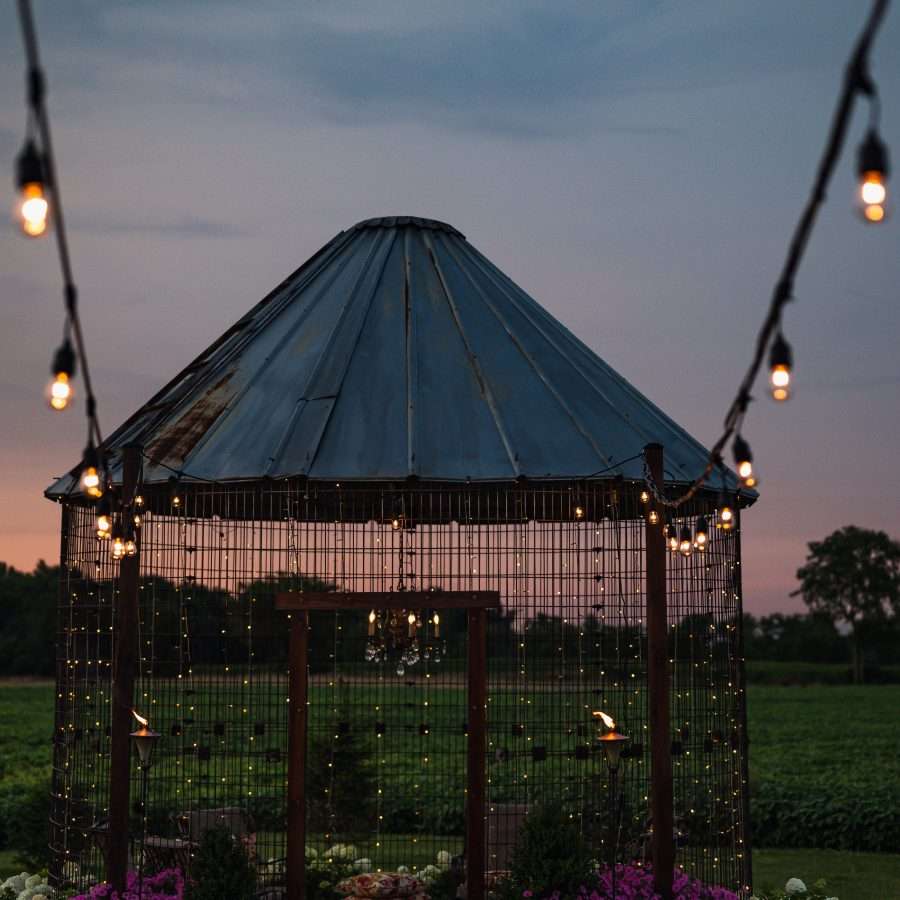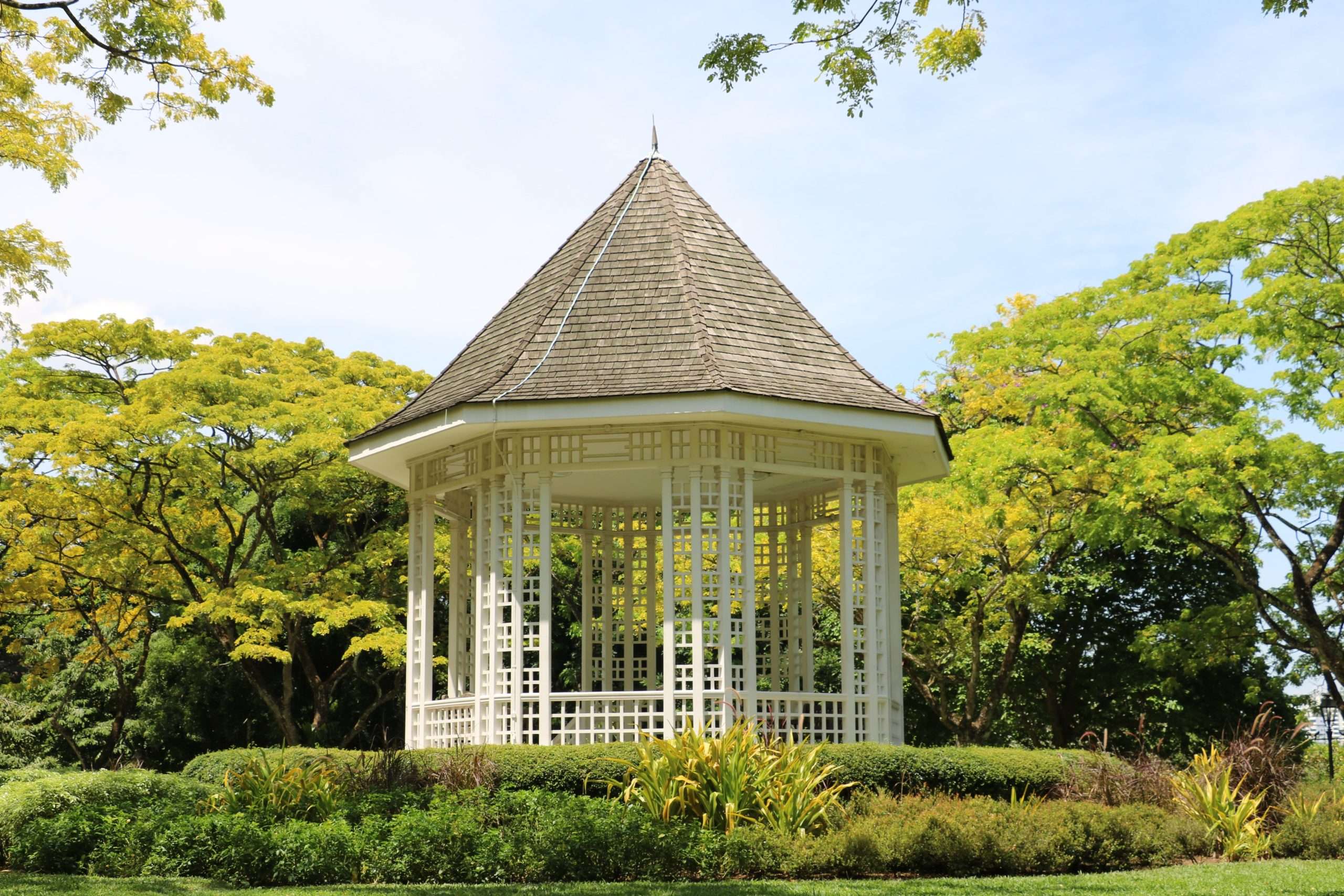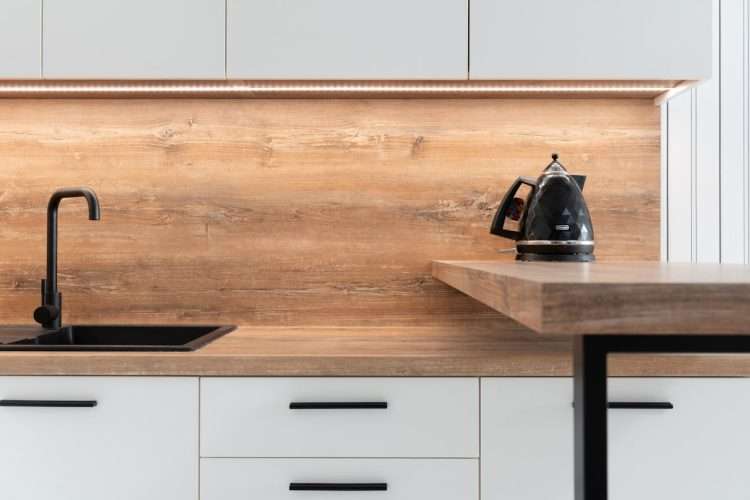When the warmer months come, it’s time to take your outdoor living areas up a notch! There’s no better way to spruce up your backyard than with a garden gazebo. With one of these structures, you can create a cosy spot for hosting an evening meal or simply sitting back and enjoying the outdoors. But how do you actually create such an oasis?
From planning and materials to assembly tips and hacks, this blog post is here to show you exactly how to build a garden gazebo with ease! Read on for all of our best tips.

Choosing the Right Location
Choosing the right location for a garden gazebo can be a daunting task. From aesthetics to functionality, there are many factors that need to be considered. The first step is to identify where the ideal focal point would be in the garden; this should factor in views, the flow of existing design and orientation to the sun. Once that is decided, attention should be given to making sure that any remnants from old landscaping have been cleared away before construction begins. Another important aspect of selection is ensuring that the gazebo is easy for visitors to find and accessible for use.

Last but not least, it’s crucial to think about what materials will be best suited for the type of conditions in which it needs to operate – such as whether or not wind or sun protection is required. With careful thought and planning, one can ensure they select just the right location for their beloved garden gazebo.
Gather Necessary Materials and Tools
Planning ahead for a garden gazebo project can go a long way to ensure that the final result will be successful. It’s important to take some time to prepare and gather all of the necessary materials and tools beforehand. Knowing your parts list allows you to purchase exactly what is needed and in turn, save money searching for random supplies.
When shopping for lumber, look for either pressure-treated or cedar wood, as these are highly resistant to weather damage. Other required items may include paint or stain for the finished gazebo, screws, washers, nails, bolts, hinges and a drill.
Safety gear should also be included such as gloves, goggles and a face mask—protection should always come first! Setting aside some time on the front end of this project will pay off handsomely as you experience an easier set-up when it comes time to start building your piece of outdoor paradise.
Building the Foundation
The foundation of your gazebo provides the base on which the rest of the structure will be built. Start by determining the size of your gazebo and marking out the area using stakes and string or paint. Once marked, you’ll need to dig a shallow trench (1-2 inches deep) to lay down a layer of gravel. On top of the gravel, lay out your frames according to the size you have chosen and secure them in place with stakes.
Next, pour concrete into the trenches and use a level to ensure that they are even. Once dry, cover up any exposed edges with soil or other material for a finished look. Now your gazebo is ready for the walls and roof to be built!
Constructing the Base of the Gazebo
The base of the gazebo is also referred to as the “walls”, or posts. This is typically built from lumber that has been cut into four equal parts (unless you are building a square gazebo). Each post should be fitted with an angled top and secured together using nails, screws or bolts. When building the walls, make sure to leave enough room between each post for windows and doors. Once the supports are in place, it’s time to start attaching the panels.
For a modern look, use tongue-and-groove boards or pre-made wall panels for easy installation. If you prefer a rustic design, you can always build your own panels using wooden beams and boards. To ensure a weatherproof structure, make sure to apply a layer of weather-resistant paint or varnish before attaching the panels.
Preparing to Build the Roof of the Gazebo
Now that the base of your gazebo is ready, it’s time to start thinking about the roof. This is one of the most important steps in building a garden gazebo, as it will protect you and your friends from rain, wind and sun while enjoying outdoor dining in comfort. When choosing materials for the roof, always choose products that are resistant to the weather and will not warp or crack easily.
Gazebo kits usually come with all of the necessary pieces pre-cut, including posts, beams and panels which can be easily assembled and installed on top of the walls. However, if you prefer a more custom look, you can always build your own roof from scratch. Either way, always refer to the manufacturer’s instructions for exact measurements and installation instructions to ensure a safe and secure structure.

Assembling and Attaching the Roof of the Gazebo
Once all of the pieces are ready, it’s time to start assembling and installing the roof. First off, attach the beams to the posts using nails or bolts and washers. Next, secure each panel in place by screwing them into the beams with a drill. Depending on how much support you want, you can also add more nails or bolts along the sides. Finally, add weather-resistant paint or varnish to protect the structure from the elements.
Now you’re almost done—your gazebo is now ready for use! However, before you start enjoying your outdoor space, make sure to double-check that everything is secure and in place.
Adding Finishing Touches on Your Garden Gazebo
The last step in building a garden gazebo is to add any finishing touches that will make it unique. Start by adding some comfortable seating, such as chairs and benches, or even a table if you plan on using your gazebo for outdoor dining. You can also hang some lights or wind chimes from the beams to give your gazebo a relaxing atmosphere. And lastly, consider planting some flowers around the base to add a bit of colour and life!
Follow these steps and you’ll be sure to have a beautiful garden gazebo that will provide you with years of outdoor enjoyment.
Caring for Your Garden Gazebo Structure Over Time
Regular upkeep and caring for your garden gazebo structure is important to help preserve its beauty, increase longevity and reduce expensive repair bills down the line. Begin by ensuring it is built on a level surface with strong support columns. Then use high-quality hardware that is rust-resistant to guarantee a sturdy framework, such as galvanized nuts, bolts and screws. When it comes to material selection, be sure to use materials like pressure-treated wood or vinyl that will withstand changing weather conditions and drastic temperature changes.
In addition, always keep it clean by brushing away cobwebs and debris, power washing as necessary and doing an annual checkup to identify any potential weak spots or dangers. With dedicated effort over time, your garden gazebo structure can remain beautiful and reliable.
Customising Your Garden Gazebo
Adding a garden gazebo to your outdoor space is a perfect way to create a stylish and comfortable area for relaxation. With a customised design, you have the flexibility to make the gazebo match the overall theme of your outdoor living space while having over it whatever best suits your needs, such as over a hot tub or an outdoor kitchen.
You can choose any kind of material, size, shape or colour that best suits the style of your home and garden. By personalising your gazebo, you can easily turn it into a captivating focal point that will transform your garden into an enjoyable gathering space for friends, family and visitors alike.

Gazebo Costs
When considering adding a gazebo to your backyard, it is important to consider the cost. Depending on your budget and what type of material you select, gazebo costs can range significantly. For example, wooden gazebos tend to be more economical than those with vinyl or metal materials.
Additionally, the size of the desired structure will play a part in determining the cost; prices vary based on the number of sides and roof pitch. Ultimately, there are many factors that must be considered to establish a precise cost for building a gazebo. Researching local materials and labour costs can help ensure that a quality backyard addition does not break the bank!
DIY vs Ready-Made
Deciding between DIY and ready-made garden gazebos can be a tricky decision. For those looking to create a unique outdoor space, building their own custom gazebo may be the best option. With some basic carpentry skills and a bit of guidance, almost anyone can build their own customized gazebo that suits their specific needs.
On the other hand, purchasing a ready-made garden gazebo comes with less hassle and may even save money in the long run. For novice builders, these premade structures can still provide plenty of options when it comes to style and customization without spending time on construction. Ultimately, both options offer distinct advantages and disadvantages that should each be weighed carefully before making a final decision.
Conclusion
Adding a garden gazebo to your backyard can be an ideal way to create an inviting and comfortable outdoor space. With thoughtful planning, research and effort, you will be able to find the right structure that fits both your style and budget. Whether building from scratch or purchasing a ready-made model, garden gazebos offer plenty of opportunities to customise and enjoy your outdoor living space.





Leave a Reply